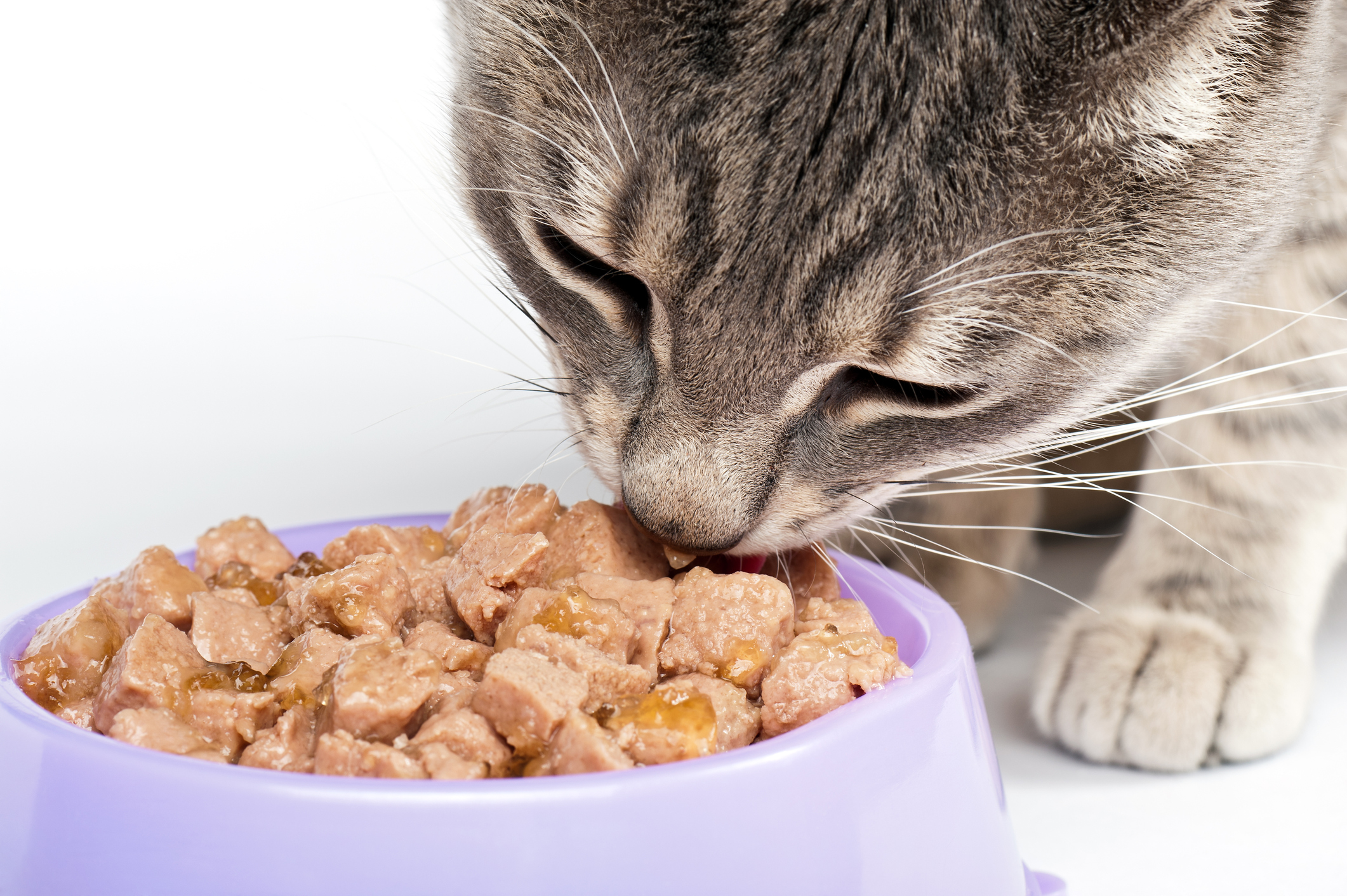
7 Solutions to Your Cat's Fussy Eating
Cats are very particular animals. One of the most frustrating aspects of a cat’s pickiness just might be their fussiness when it comes to eating. Some cats will refuse to eat if the food or environment aren’t to their liking, and it can be extremely frustrating! But what can you do?
Of course, your cat needs to eat to stay healthy and strong, so fussy eating could potentially put their health at risk. Additionally, loss of appetite is a common indicator of illness in pets. For these reasons, it’s very important to find solutions to your cat’s fussy eating so they maintain their strength and so you can tell if your cat is sick.
If your cat isn’t eating and you think it’s due to food-related fussiness, there are a few things you can do to stimulate your furry friend’s appetite and get them to eat their food. Here are seven tips to try.
- Wait it out: Fussy eaters quickly learn if there is a treat or incentive to turning down their food, which can lead them to be even fussier in the future. If your cat just started acting picky around food, give them a little time before you do anything to their food. If they start to feel hungry, they might forgo their pickiness and begin to eat their normal food without any problems. If your cat goes an entire day without eating, however, you should try enticing them to eat and/or contact your vet to check for illness.
- Relocate the food: Some cats will refuse to eat if their food bowls have been moved recently, or if the bowls are in a location they don’t like. If the bowl is too close to the litter box, your cat might (understandably) turn up their nose. If the bowl is in a heavily trafficked part of your home, they might be frustrated with the noise and movement around them. If you recently moved your cat’s bowl and they began being fussy about food, try putting it back where it was and moving it incrementally to its new location. If the bowl has not been moved recently but it may be in an undesirable location, try moving it around a corner or to a new area to see if your cat eats. If you have multiple pets, moving their bowls to separate rooms can minimize problems, as well.
- Provide a mix: Did you recently change your cat’s food? If you made an abrupt switch from one food to the next, your cat might not take well to the new taste or texture. Try giving your cat a mixture of the old and new foods for a few days, gradually increasing the percentage of new food each day.
- Clean the bowl: Some cats are extremely particular about cleanliness—especially when it comes to dirty food bowls. You wouldn’t want to eat off a dirty plate, so why should your pet? Make sure you’re cleaning your pet’s food and water bowls every day. Not only can this help with fussy eaters, but it can also prevent bacteria-related illness.
- Heat it up: Cats are attracted to food through their sense of smell, so if the food you’re feeding is cold or stale, it might not smell appetizing to them. Heating wet food up in the microwave for just a few seconds can help create stronger aromas that should entice your cat to begin eating right away.
- Add water or broth: If your cat eats dry food, its aroma might not be very appetizing, either. Adding a little warm water to the food can create an enticing aroma, and adding warm broth or tuna juice can add an extra level of “yum” to the dish! Make sure the broth you use doesn’t have any ingredients that are dangerous to cats, just in case, and make sure you factor it in to your cat’s daily calorie count.
- Try a new food: Of course, there’s always a chance that your cat is being very picky and might need to be fed a new food entirely. This should be your last resort, since changing your cat’s food on a whim could feed into their fussiness and become expensive. Not only that, but abruptly changing your cat’s food could give them an upset stomach.

If none of these tips successfully entice your cat to eat their food, it’s probably time for a trip to the vet. There may be an underlying illness hampering your kitty’s appetite that will need medical intervention. With just a few tests, your vet should be able to pinpoint the issue and get your cat back on track to eating normally again.


